Convoy? Toyota's Hino to Join Forces With Volkswagen's Truck Unit

Volkswagen AG and Toyota Motor Corp are forming a truck-based alliance, allegedly to cut R&D costs. While the two automakers joust for the title of biggest in the world, their trucking arms must have had a rough 2017 to necessitate an alliance solely on the grounds to limit development expenditures… right?
Not exactly. Volkswagen Truck & Bus actually had a really good year. Strong sales pushed revenues up 12.1 percent, and operating profits before special items increased by 26.8 percent (for over $2.41 billion). Meanwhile, Toyota’s Hino saw operating profits improve by 21.5 percent. So why bother with the alliance of both truck builders saw strong returns based on their respective sizes?
Like car builders, commercial vehicle manufacturers are seeing elevated costs due to the development of lower-emission powertrains and automated technologies. However, both of these truck units have parent companies with very deep pockets and didn’t fare terribly after accounting for last year’s R&D expenditures, so another reason for the team-up could have something to do with achieving global domination by joining forces with a business that doesn’t compete in the same region.
VW Truck & Bus moved over 200,000 units last year, while the smaller Hino delivered about 170,000. But the important part of the equation is that the divisions did so without much market overlap. VW operates primarily out of Europe and South America, where its MAN and Scania brands dominate. While Hino also does a little bit of business in South America, the majority of its sales are spread across Asia, the United States, and Canada.
According to Reuters, the companies announced Thursday that they will consider cooperating in areas such as diesel and gasoline-electric hybrid engines, vehicle connectivity, and self-driving technologies. They also suggested that the combined output could offer economies of scale in research and development as well as procurement.
“We can join forces and spend R&D money only once instead of twice or three times,” explained Volkswagen Truck & Bus CEO Andreas Renschler in Tokyo this week. “We see potential to save on our budgets and also to combine our resources to be faster at bringing products to market than we would be alone.”
Look out, Daimler Trucks, AB Volvo, Paccar, and Mitsubishi Fuso Truck & Bus Corporation. Hino and Volkswagen Truck & Bus are coming for you through shared resources and fiscal conservation. We’re on pins and needles, frankly.

A staunch consumer advocate tracking industry trends and regulation. Before joining TTAC, Matt spent a decade working for marketing and research firms based in NYC. Clients included several of the world’s largest automakers, global tire brands, and aftermarket part suppliers. Dissatisfied with the corporate world and resentful of having to wear suits everyday, he pivoted to writing about cars. Since then, that man has become an ardent supporter of the right-to-repair movement, been interviewed on the auto industry by national radio broadcasts, driven more rental cars than anyone ever should, participated in amateur rallying events, and received the requisite minimum training as sanctioned by the SCCA. Handy with a wrench, Matt grew up surrounded by Detroit auto workers and managed to get a pizza delivery job before he was legally eligible. He later found himself driving box trucks through Manhattan, guaranteeing future sympathy for actual truckers. He continues to conduct research pertaining to the automotive sector as an independent contractor and has since moved back to his native Michigan, closer to where the cars are born. A contrarian, Matt claims to prefer understeer — stating that front and all-wheel drive vehicles cater best to his driving style.
More by Matt Posky
Latest Car Reviews
Read moreLatest Product Reviews
Read moreRecent Comments
- THX1136 I would agree with Kwik & Ollicat with this caveat, none should be mandated unless it is proven 1000% bulletproof reliable with a failure rate of less than 1 in 1million vehicles. Have no issue with making the tech available to those who chose to purchase it.
- Jpolicke Did they ever clear out the arena parking lot with all the buy-back VW diesels?
- Bd2 Tech that prevents non Tesla owners from using electric charging stations and also prevents racist behaviors.
- AZFelix e:Ny1grotto?
- Kwik_Shift_Pro4X The more taxpayer dollars wasted, the closer it will be to having all your assets taken from you.



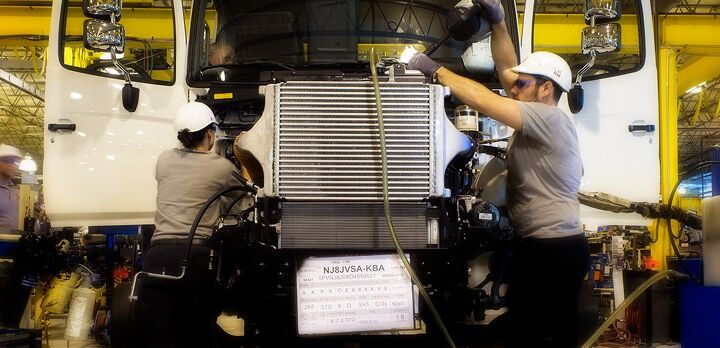















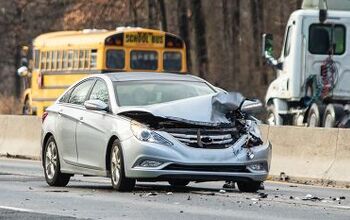
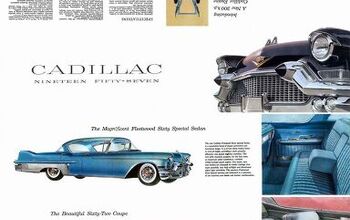
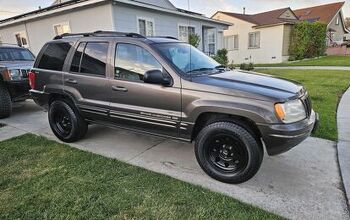
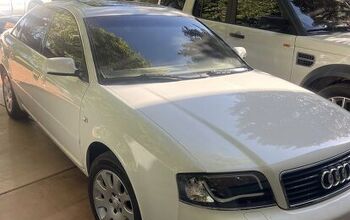
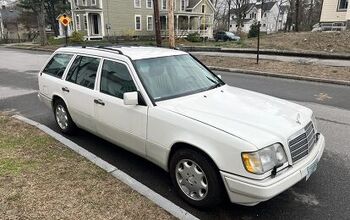
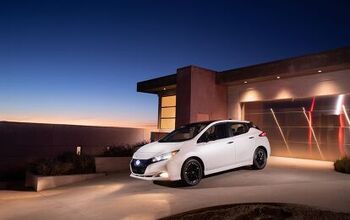
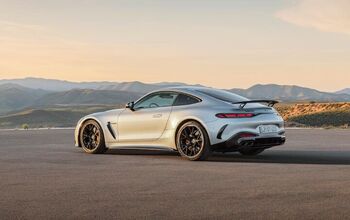
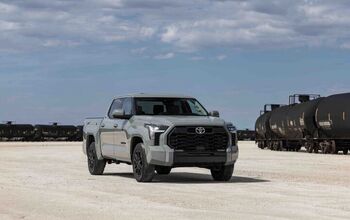
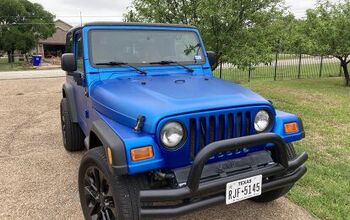


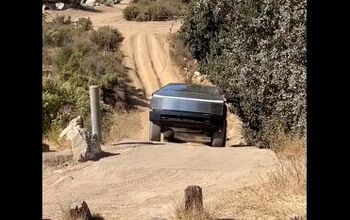

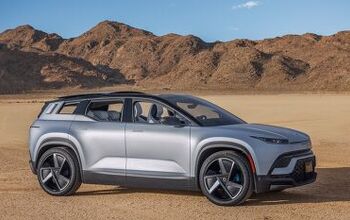
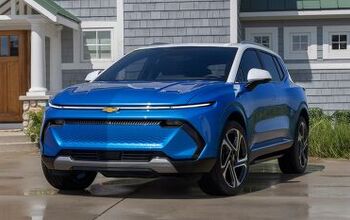
Comments
Join the conversation
So how does Navistar/International Trucks fit in with all of this? Last I heard, VW owned 16%, with rumors of a complete takeover.